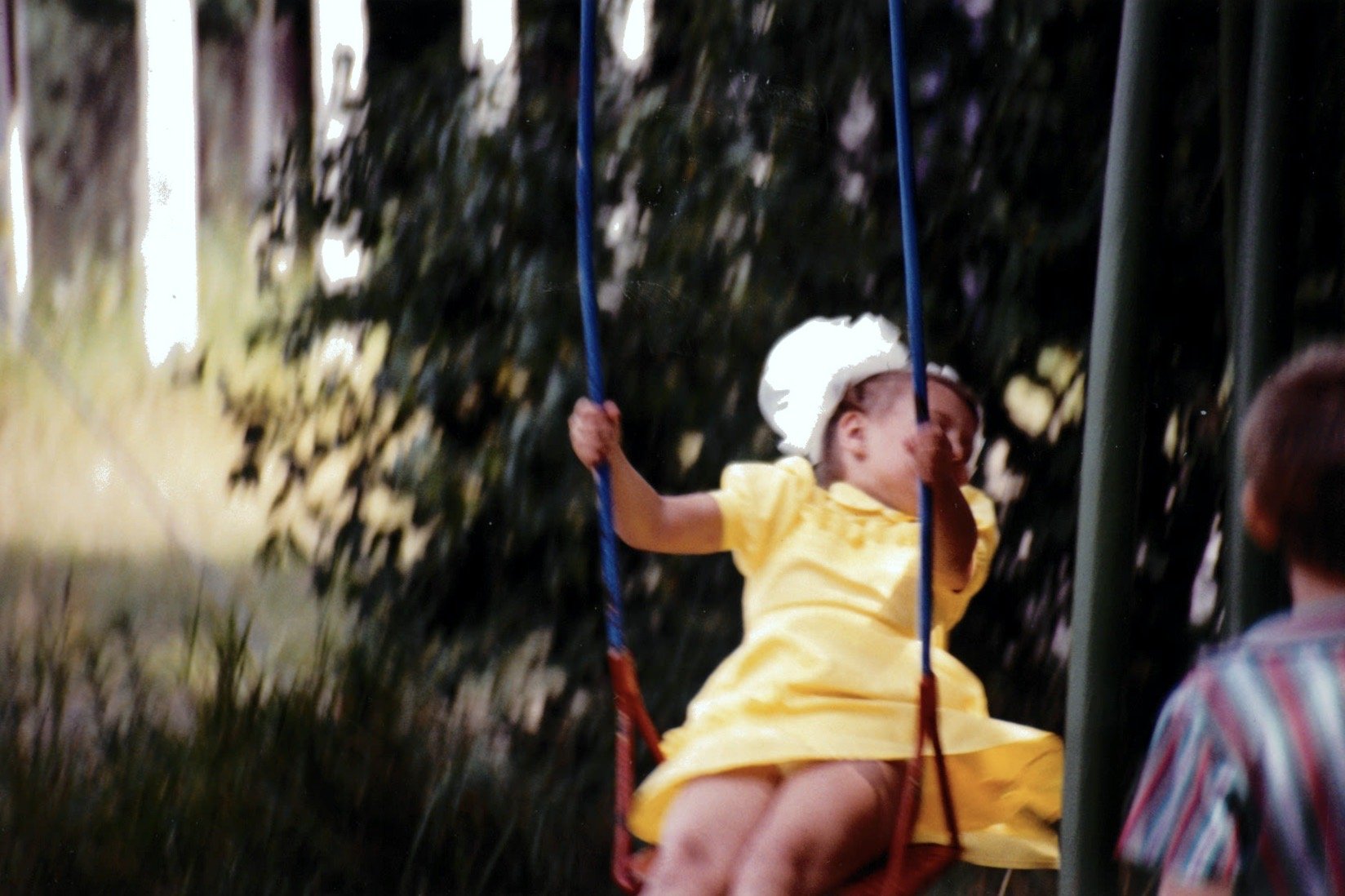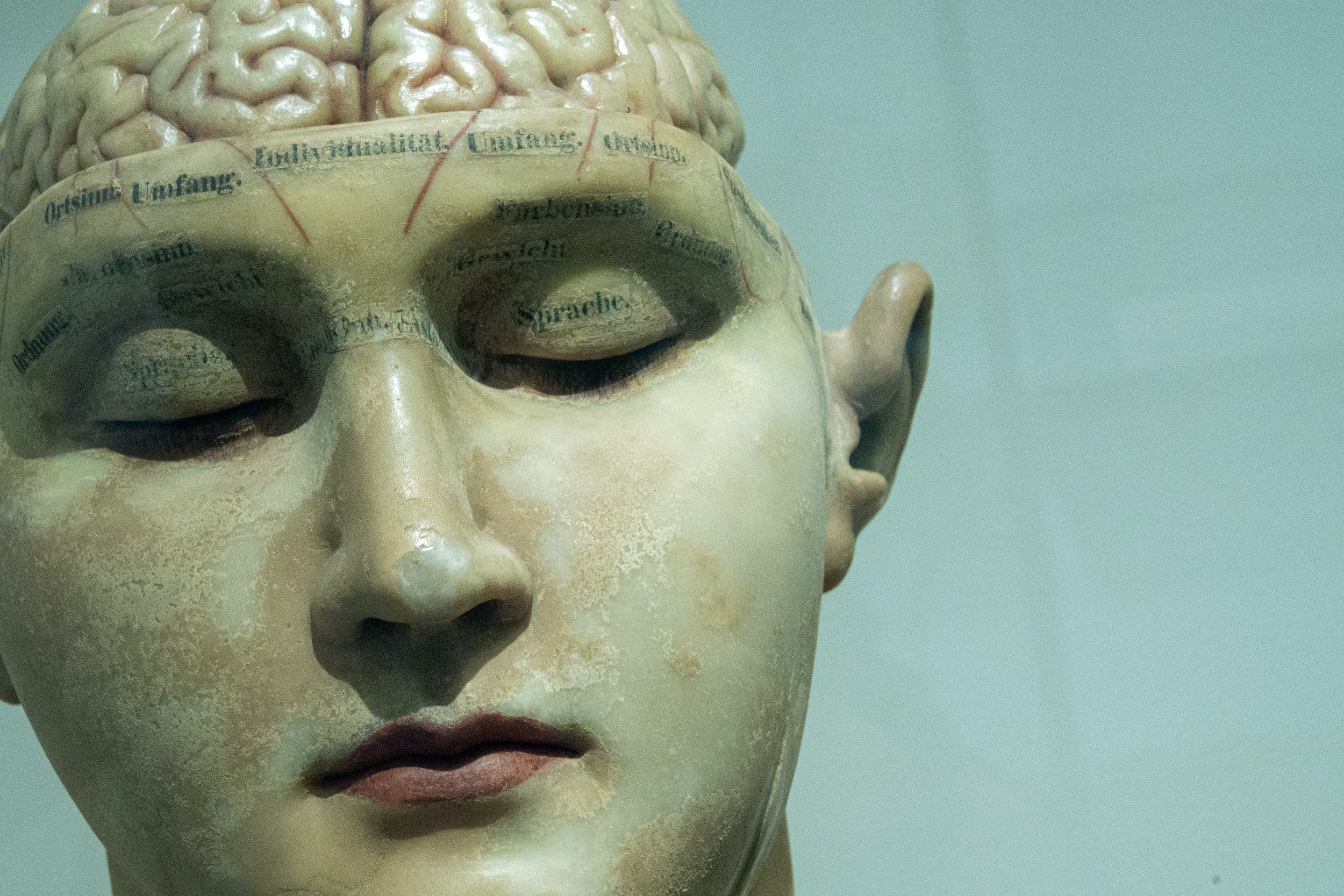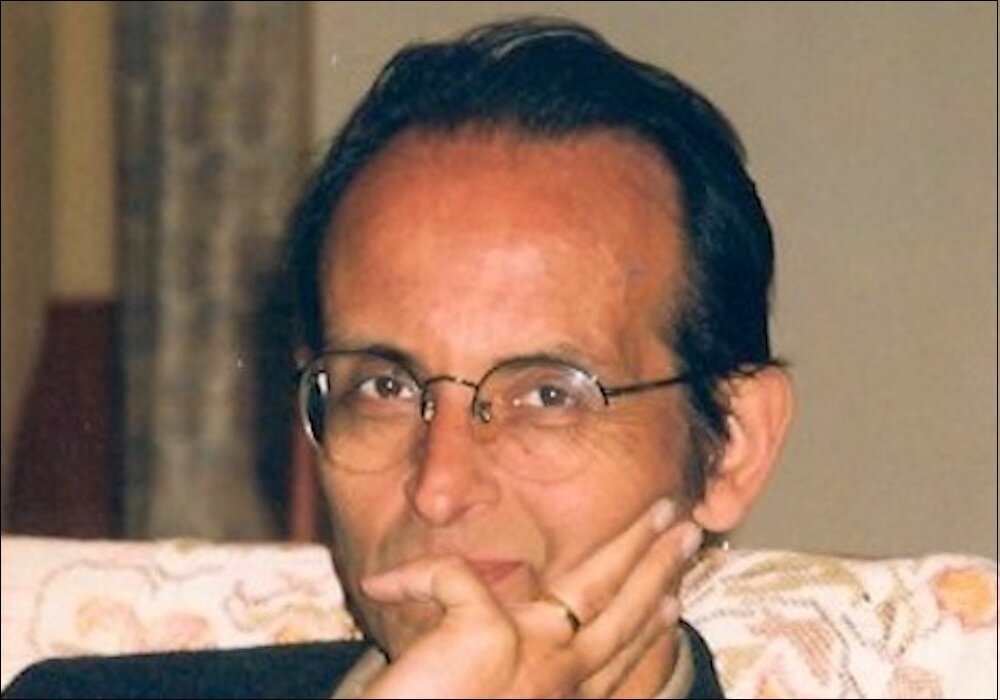

A novel experimental paradigm to study conscious perception
A new journal article published today in Consciousness and Cognition by Max Levinson and Sylvain Baillet introduces an experimental paradigm that disentangles between the conscious processes and the sensory brain signals of perception.

New grant to study early brain signals of Alzheimer’s disease
We are grateful to receive a grant from the Alzheimer’s Association “New to the Field” research program and the Brain Canada Foundation to transfer our expertise in time resolved brain imaging to Alzheimer’s research.
We will study new electrophysiological measures of proteinopathy in asymptomatic older adults.


Boosting (auditory) memory with (visual) stimulations
Our new study shows that stimulating one of our senses enhances our capacity to memorize inputs to our other senses.
The results, obtained in collaboration with the Zatorre lab, also at McGill’s Montreal Neurological Institute, are published today in open access in the journal Science Advances.

How much data is enough data?
We publish today a new study that establishes the minimal brain recording duration required to capture the typical fluctuations of individual brain activity in the resting state. The new study is published in open access to everyone in the journal Neuroimage.

We’re “Over the rainbow” with this new paper
With this new paper published today in Neuroimage, we provide guidelines for the meaningful use of colormaps in neurophysiology research and scientific communication, in order to avoid perceptual biases and misleading interpretations of data.

New review: electrophysiology for human connectomics
This new review article was commissioned by Neuroimage and co-authored with Dr. Sepideh Sadaghiani (University of Illinois, Urbana-Champaign, USA) and Dr. Matt Brookes (University of Nottingham, UK). It is available to everyone for free, in open access. It is conceived as a go-to reference for both trainees and experienced researchers, and review the flexibility, diversity and versatility of the most current approaches.

Multimodal pre-surgical protocol has positive impact on patient outcome in epilepsy
We are glad to have contributed to a new study published today in Journal of Neurosurgery-Pediatrics in open-access. The data show that a novel inter-institutional, multimodal presurgical evaluation protocol designed by our collaborator Prof Roy Dudley (Montreal Children’s Hospital) contributes to improved seizure freedom for poorly defined cases of focal epilepsy in children.

Brief segments of neurophysiological activity enable individual differentiation
We all have the intuition that our brain makes us unique.
In our new article published today in Nature Communications, we show that seconds of brain activity captured with millisecond temporal resolution are sufficient to differentiate an individual in a large group of people, and that their neurophysiological fingerprint is stable and robust over weeks, months and years.

Lab graduate trainee Max Levinson receives multiple awards
Max Levinson is a second-year PhD student in the lab, working at elucidating some of the fundamental mechanisms of conscious visual perception. He received three awards in support of his research over the past few weeks.

New research trainees join the lab
Three talented research trainees join us over the next few months. They are inspiring examples of young women in STEM, with strong backgrounds in neuroscience, computer science and maths.

Our new study explores a neurophysiological marker of chronic pain
Subtle interactions between brain rhythms can be a neurophysiological signature of chronic pain sensations experienced by many. The study published in Pain Reports was driven by Dr. Cecile de Vos, CIHR post-doctoral fellow in the lab and now faculty at Erasmus Medical Centre in Rotterdam (NL).

First Brainstorm workshop in Spanish
We often take for granted that English is easy to learn and to use professionally — the reality is considerably more nuanced. This workshop in Spanish is our first, small contribution to increase user diversity and access to advanced research tools.

The Road To Francisco
Francisco Varela, brilliant intellectual, neuroscientist and free spirit, passed away 20 years ago today. Our roads crossed for a little while. Here is a short, personal account of these memories, dating back from the 17th century.

Music practice enhances motor recovery after stroke.
We collaborated with Dr. Anouk Lamontagne’s group at McGill to show the neurophysiological effects of piano practice and how they enhance motor recovery after stroke.
The report is published in open access in the latest issue of the journal Brain Sciences.

Our new study shows how the predicting machinery of our brains syncs hearing with vision
The study is published in open-access by Communications Biology and proposes the new principle of Dynamic-Insertion as a neurophysiological mechanism used by our brains to constantly absorb and adapt to the bombardment of sensory information from multiple sources, “simultaneously”.

Olivia Bizimungu joins the lab as new graduate trainee.
Olivia will research the mechanisms of active sensori-motor inference in speech perception with computational models of neural circuits and empirical studies with MEG neurophysiology.

Zaida obtains merit scholarship from Fonds de Recherche du Québec.
Kudos to Zaida for obtaining a merit scholarship from Fonds de Recherche du Québec Nature & Technologie!

Lab graduate trainee receives Alexander Graham Bell Doctoral Scholarship from NSERC.
Congratulations to our lab’s PhD trainee Jason Da Silva Castanheira on this prestigious award!

New article clarifies the predictive nature of auditory responses in brainstem and cortex.
Another great collaboration with Emily Coffey (Concordia U) and the Zatorre lab (McGill), demonstrating the unique ability of MEG to reveal subtle neurophysiological mechanisms of predictive processes in perception. The findings were published in The Journal of Neuroscience.